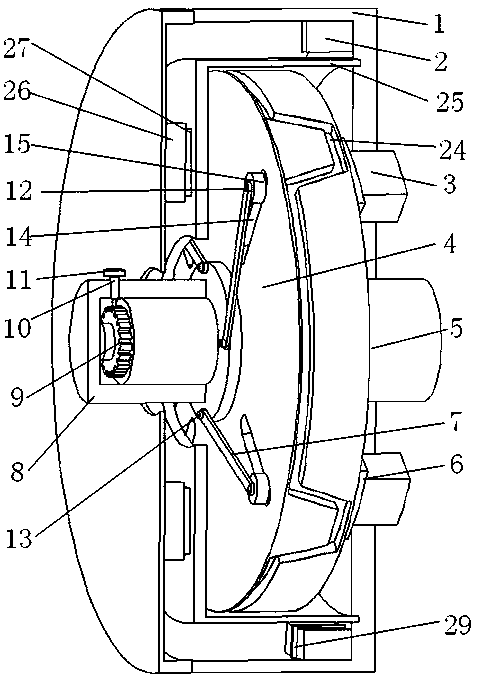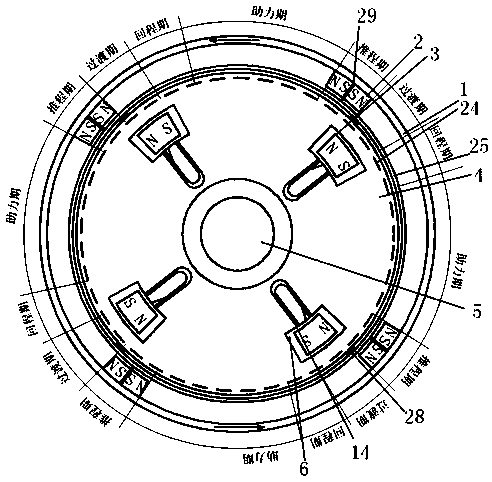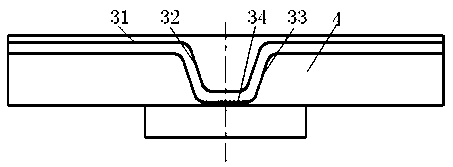A Rehabilitation Robot Revolving Joint Permanent Magnet Assisting Mechanism
A rehabilitation robot and rotary joint technology, applied in passive exercise equipment, physical therapy, etc., can solve the problems of unbalanced power output, low reliability, large axial force, etc., and achieve the effect of balanced power output and compact structure
- Summary
- Abstract
- Description
- Claims
- Application Information
AI Technical Summary
Problems solved by technology
Method used
Image
Examples
Embodiment Construction
[0031] In order to make the purpose, technical solutions and advantages of the patent of the present invention clearer, the patent of the present invention is described below through the specific embodiments shown in the accompanying drawings, but it should be understood that these descriptions are only exemplary and not intended to limit the present invention In addition, in the following description, descriptions of known structures and techniques are omitted to avoid unnecessarily confusing the concept of the patent of the present invention.
[0032]As shown in the figure, this specific embodiment adopts the following technical solutions: a rehabilitation robot rotary joint permanent magnet booster mechanism, which includes a housing 1, a stator permanent magnet 2, a rotor permanent magnet 3, a turntable base 4, a central shaft 5, and a permanent magnet Bracket 6, pull rod 7, adjustment knob 8, ratchet 9, locking pin holder 10, locking pin unit 11, slider connecting column 1...
PUM
 Login to View More
Login to View More Abstract
Description
Claims
Application Information
 Login to View More
Login to View More - R&D
- Intellectual Property
- Life Sciences
- Materials
- Tech Scout
- Unparalleled Data Quality
- Higher Quality Content
- 60% Fewer Hallucinations
Browse by: Latest US Patents, China's latest patents, Technical Efficacy Thesaurus, Application Domain, Technology Topic, Popular Technical Reports.
© 2025 PatSnap. All rights reserved.Legal|Privacy policy|Modern Slavery Act Transparency Statement|Sitemap|About US| Contact US: help@patsnap.com



